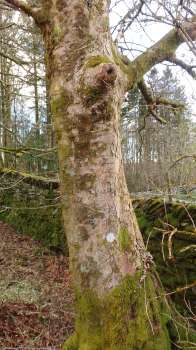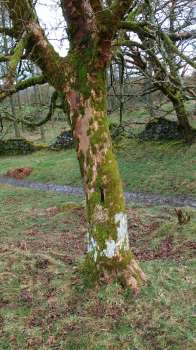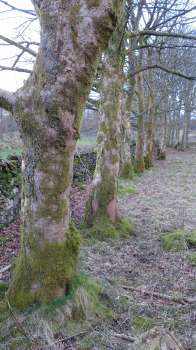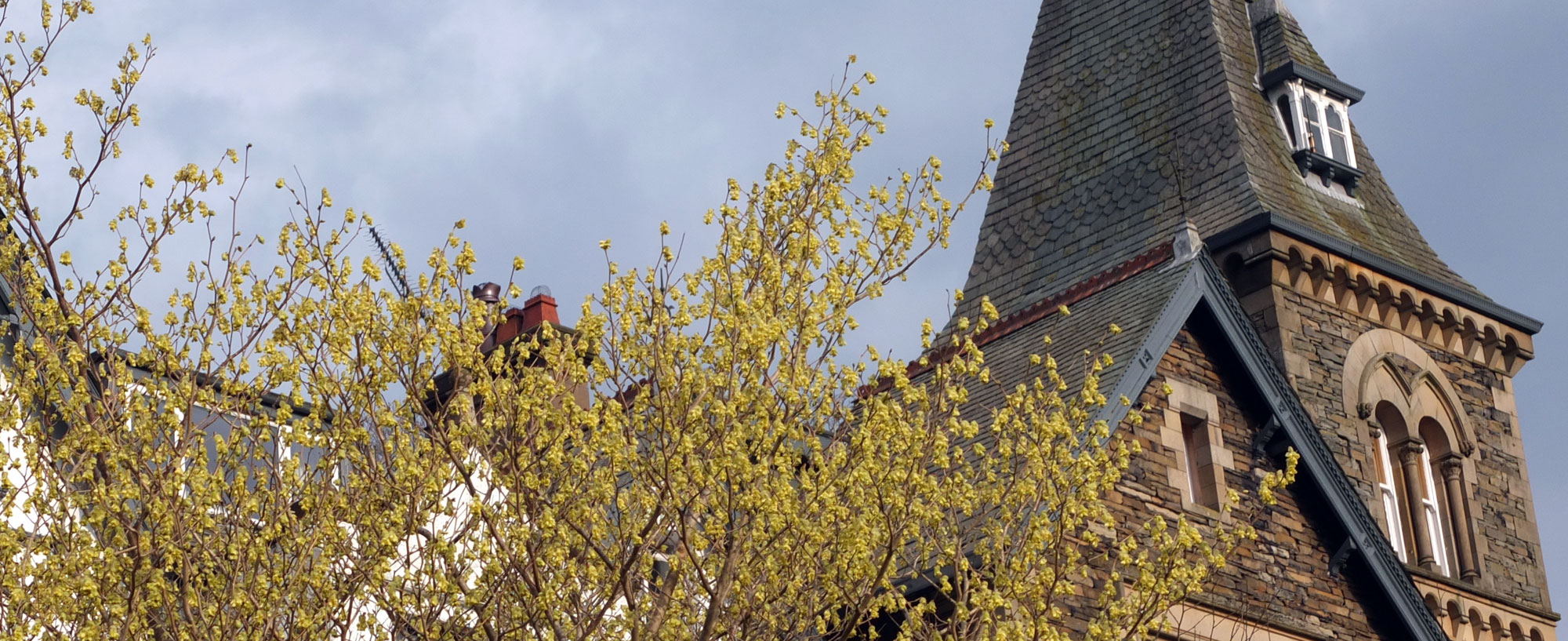Over the past couple of weeks we have been planting a variety of trees to diversify our woodland and make it more resilient in light of imported tree diseases and climate change. One of the species we have put in is Sycamore. We have chosen it as a possible replacement for Ash. If, as predicted, Ash in the UK succumbs to the Ash dieback fungus, then in 10 years our landscape will have lost as much as 90% of its ash cover. This has been the case in Denmark but some foresters are hoping that the genetic makeup of ash in the north of the UK will be more resistant. Time will tell. We haven’t seen symptoms of it yet in our woods but we need to be thinking of the future so we are planting Sycamore.
Why Sycamore? Many conservationists see it as invasive and on SSSI sites with a diverse ground flora that is understandable. It has also been regarded as wildlife poor compared to our native trees but more recent research disputes this. Sycamore is equal to ash, oak and elm for mosses and lichens attached to its bark, the leaves attract aphids which support ants, birds, bats and bees searching for honeydew. The aphid biomass is equal to oak and peaks later providing an important continuity of food. The flowers are a nectar and pollen source for pollinating insects in spring and, I believe, a good proportion of honey from our hives come from Sycamore. It doesn’t stop there. When the leaves fall in the autumn they break down and compost readily feeding mychorrizal fungi, worms and other soil organisms.


Sycamore wood is light coloured and can be used for furniture and flooring tho it is not as dense as ash. It makes perfectly good firewood if covered and given a summer to dry.
Sycamore was brought over by the Romans and has naturalised i.e. it self seeds easily and has adapted to the UK climate. It is wind firm and often found with ash as sheltering trees around upland farms in the Lake District. In fact the most northerly woodland in mainland Britain on the north coast of Caithness is a Sycamore wood.

Go back to all blog posts or read the next entry in our blog here →
You can also read the previous blog post here.
